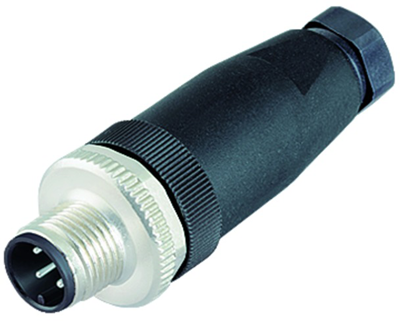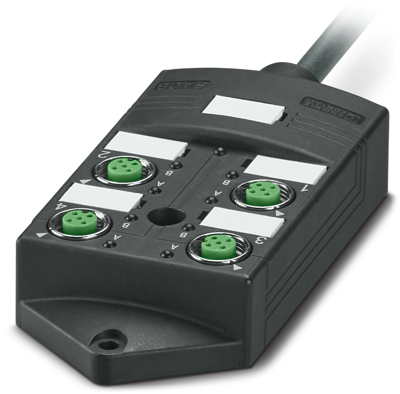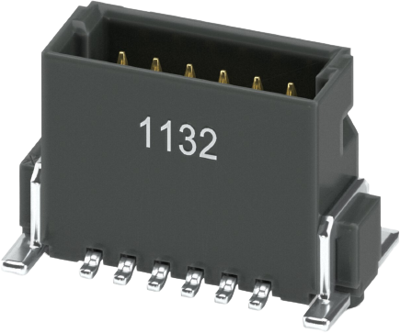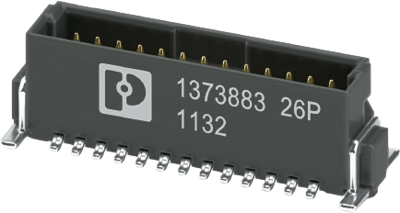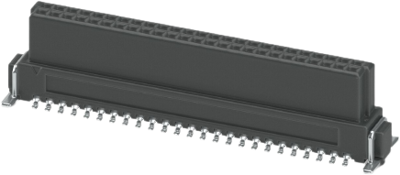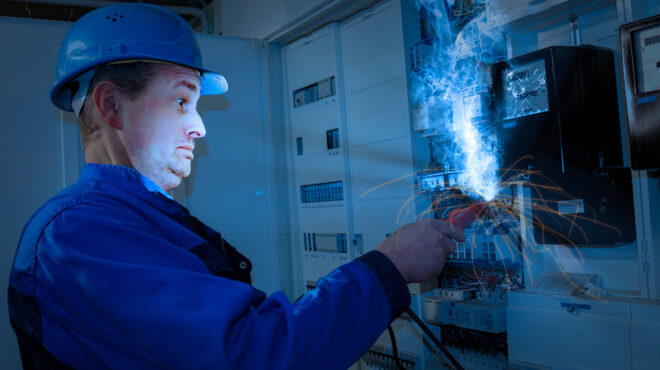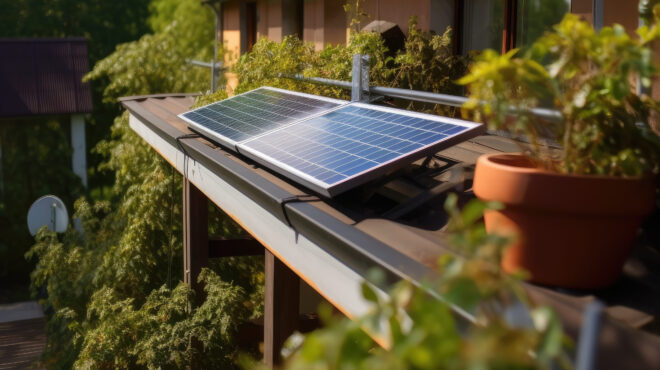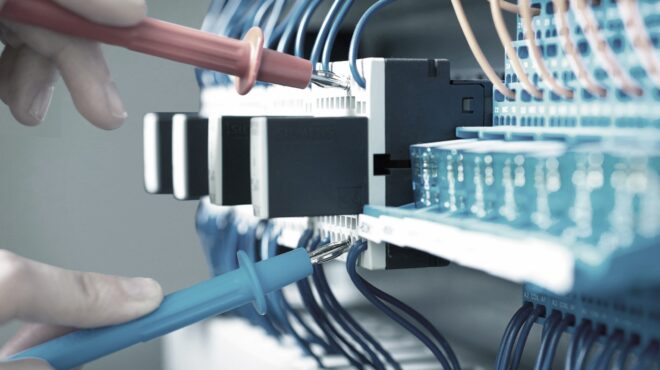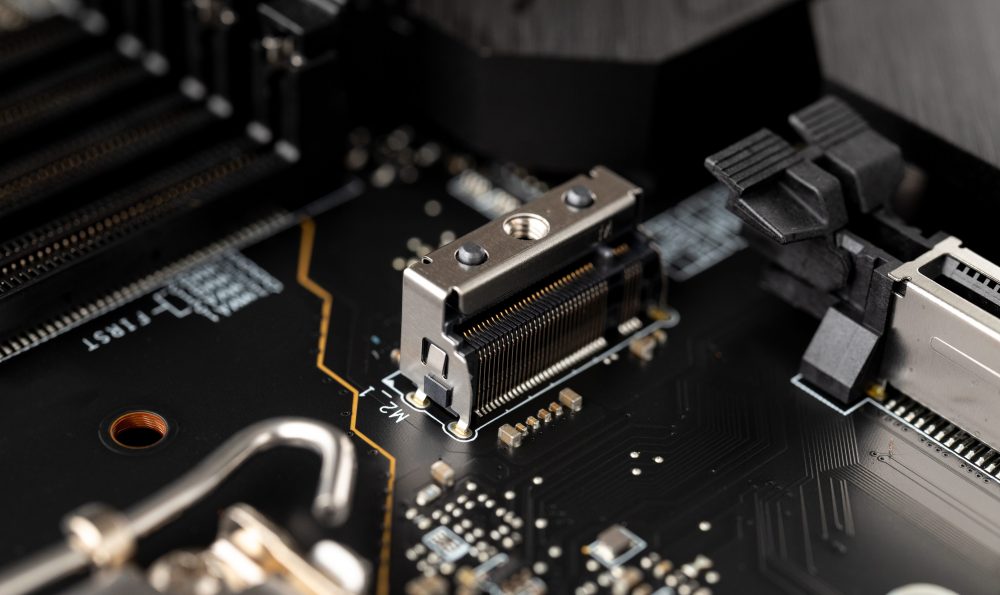
The Future of Connectors: Trends and Developments
From the first simple connectors at the end of the 19th century to the high-performance products of today - it's been a long journey. And the journey continues. We have taken a close look at the trends and developments in the connector sector. Which innovations are convincing? And which technologies should you continue to keep an eye on? We provide comprehensive information!
Connectors in the sign of the times
While the past of connectors has already been characterized by significant progress, impressive developments can also be expected for the future. Key trends that will influence the next generation of connectors are miniaturization, smart developments in IIoT and the need for increased data transfer rates.
Connectors in particular must adapt to these fundamental trends – whether in industry, medical technology or simple household applications.
Connectors & the IIoT
The Industrial Internet of Things also has an impact on the development of the connector market. Digitalization and the associated innovations in industry in particular demand reliable, high-performance solutions. Due to the increased use of sensors, actuators and intelligent control systems, the connectors used in this area must also keep pace in terms of performance, quality and robustness. Further innovative product developments can also be expected in the future.
Miniaturization: the more compact, the better
Miniaturization is an ongoing trend in the electronics industry. With ever smaller and more powerful electronic devices, the demand for correspondingly small connectors that can still handle a high number of contacts and high data transfer rates is increasing. The development of suitable products is likely to be made possible by advances in materials science and manufacturing technology.
More components can be accommodated in vehicles, machines or even energy systems based on the use of smaller connectors. Another benefit that goes hand in hand with miniaturization: the smaller and lighter the connection technology, the better the energy balance of machines and devices. Top manufacturers such as Harting are demonstrating how this area can be optimized with innovative new products.
Smart connectors
Intelligent connectors with integrated electronics are another important trend development. These connectors can not only transmit signals, but also provide information about the status of the connection and the connected device. In the future, they will play a very important role in networked systems and the Internet of Things, where they could help to monitor and maintain devices and improve system reliability.
Modular connectors
Modular connector systems keep pre-assembly and installation costs to a minimum. This is a clear advantage when it comes to operating individualized and more compact interfaces. And it is precisely in this area that the demands of industry, agriculture and medical technology are currently increasing.
Harting is also currently one of the pioneers in product development in this segment. With the Han Modular Domino series, for example, the manufacturer is right on trend. We can look forward to seeing what else will happen in terms of modular connectors.
PCB connectors at the next level
Always faster, always further. This also applies to connectors. Fast transmission performance is one of the key criteria when purchasing products in this segment. Board-to-board connectors or wire-to-board connections are currently being further developed – for example by our manufacturing partner Phoenix Contact, which enables high-speed data transmission of 28 Gbit/s with its FR series.
Tool-free connections
New, tool-free connection systems are suitable for flexible and fine-stranded conductors without ferrules. The best thing is that the sustainable connections withstand vibrations and are therefore also suitable for demanding environments such as industrial applications. Our manufacturing partner Weidmüller has specialized in these highly functional snap-in connections. Phoenix Contact has also developed a lot in this area. With the Push-X technology, a pre-stressed contact field makes it possible to connect both rigid and flexible conductors with and without ferrules.
Innovative optical connectors
Greater transmission range, less weight and better electromagnetic compatibility and scalability: fiber optic technology offers numerous benefits compared to conventional copper cables.
With the growth of cloud computing and the popularity of big data applications, the need for connectors that can handle very high data rates is increasing. This is achieved through the use of optical connectors, which use light waves instead of electrical signals for data transmission. Optical connection technologies have the advantage that they are immune to electromagnetic interference and enable potentially very high data transfer rates.
The latest connector trends
Developments in the Industrial Internet of Things, the ongoing trend towards miniaturization and the demand for even greater transmission performance are also having an impact on the connector sector. Top manufacturers are already working on the development of modular, compact connector products. They are also looking for ways to make installation quick and easy. Smart and powerful PCB connectors will continue to be developed in the future to meet the demand for even faster and more powerful data transmission.

